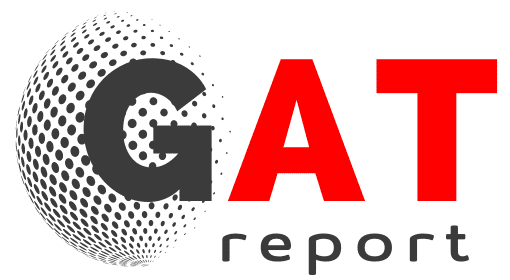A study by the University of Portsmouth and the Ukrainian Institute of Agricultural Radiology offers hope for reclaiming large areas of land for agricultural use in the Chernobyl region. After the 1986 nuclear accident, thousands of hectares of farmland in northern Ukraine were abandoned because deemed too dangerous for cultivation. The 4,200-square-kilometer “Chernobyl Exclusion Zone” around the nuclear site remains uninhabited, creating one of Europe’s largest nature reserves. A second 2,000-square-km area—the “Zone of Obligatory Resettlement”— is inhabited by a few thousand people, but no economic investment or land use is allowed. Published in the Journal of Environmental Radioactivity, the new study claims that crops can be grown safely in the area, using a simple yet rigorous protocol to evaluate contamination levels and predict the uptake of radioactive substances by common crops such as cereals and potatoes.
By analyzing soil samples and measuring external gamma radiation, the researchers found that the effective radiation dose in the area is well below Ukraine’s national safety threshold, and significantly lower than background radiation levels experienced naturally worldwide. These findings show that, with proper monitoring and adherence to food safety standards, agricultural activity can safely return to the previously restricted zones around Chernobyl. Professor Jim Smith from the University of Portsmouth, the leading author of the study, said that there had been a lot of misinformation about radiation risks from Chernobyl after the nuclear accident, severely impacting the life of local communities. The research shows that farming can safely return to the region through a validated, science-based approach. With careful action and community participation, Ukraine could reclaim nearly 20,000 hectares of agricultural land, boosting rural development and guaranteeing food security.
New study offers hope for restoring farms in the Chernobyl region
Type of event:
Radioactivity, Food safety
April 29, 2025


